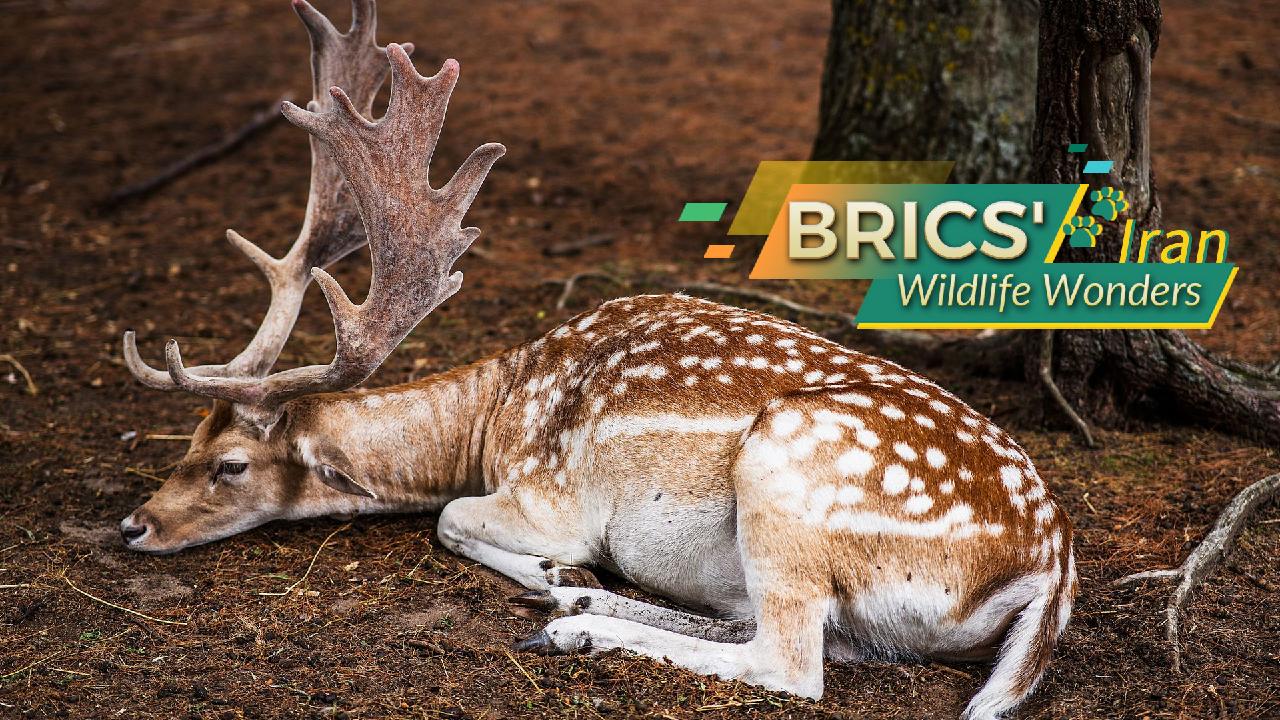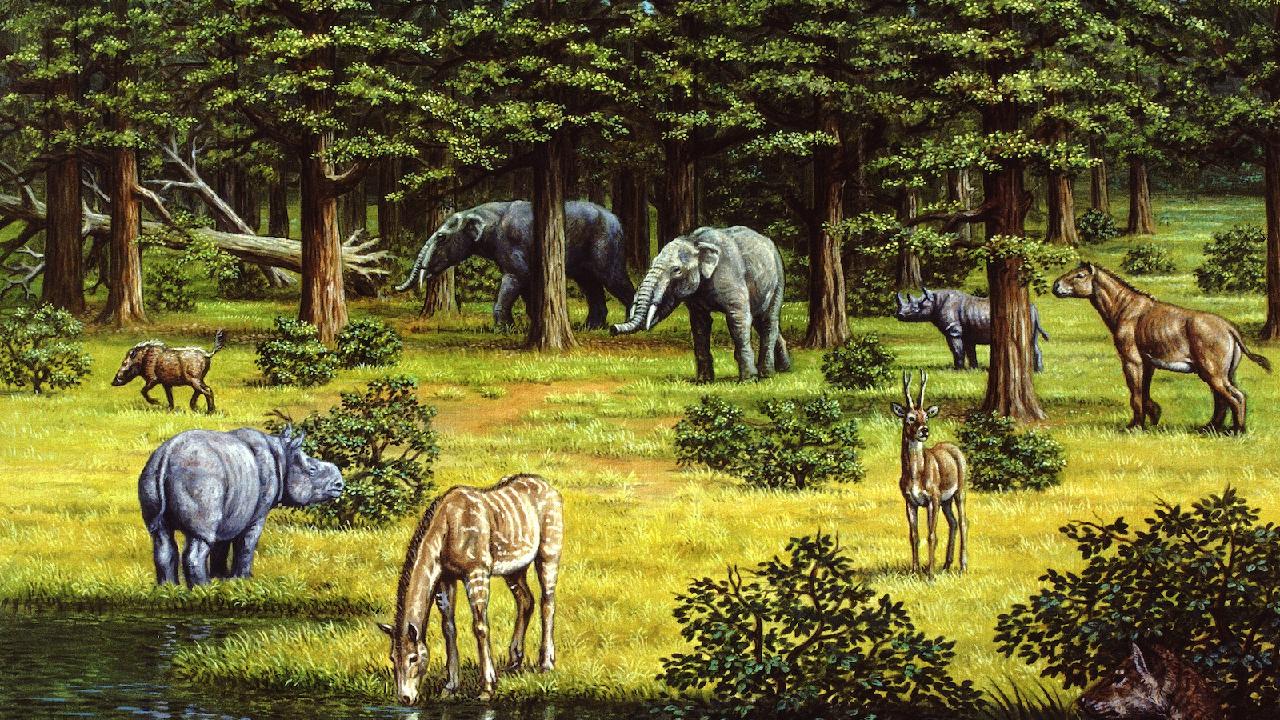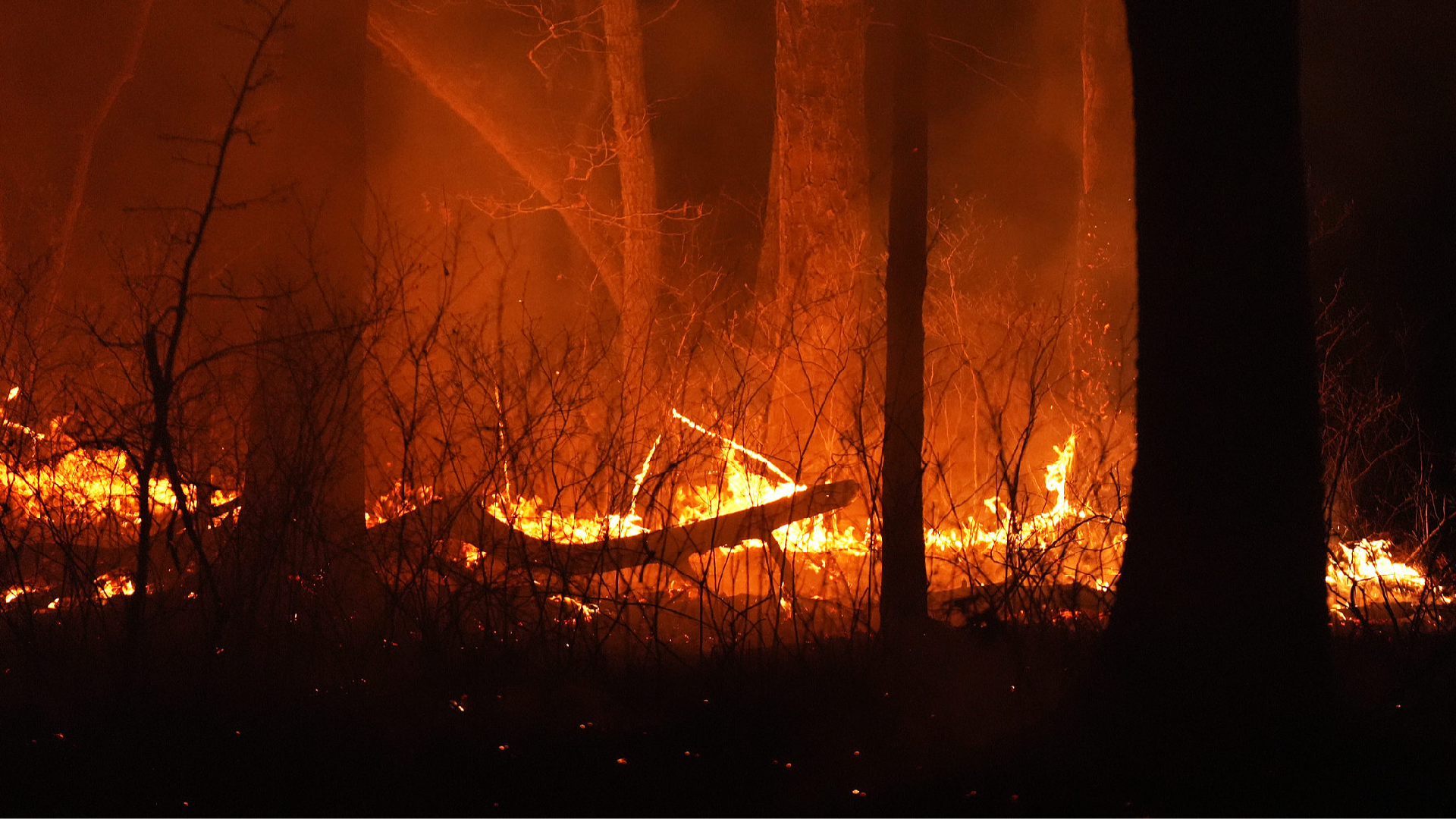BRICS' Wildlife Marvels: Iran
Explore the captivating natural beauty of Iran as part of BRICS' Wildlife Wonders series. This article delves into the diverse ecosystems and unique wildlife that make Iran a remarkable destination for nature enthusiasts. From its arid deserts to lush green mountains, discover how Iran's rich biodiversity contributes to the global conservation conversation.

**The Persian fallow deer**
This species is classified as endangered on the International Union for Conservation of Nature (IUCN) Red List. Thanks to a successful captive breeding program, its population has grown from just a few individuals in the 1960s to over a thousand today.
**The goitered gazelle**
Found in Iran's deserts and plains, this elegant gazelle is noted for the male's neck and throat enlargement during mating season. It is listed as vulnerable on the IUCN Red List.
**The Persian leopard**
Recognized for its stunning spotted coat, the Persian leopard inhabits the Iranian Plateau and nearby regions at elevations ranging from 600 to 3,800 meters. Habitat fragmentation caused by land use changes, poaching, and a decline in wild prey species threatens its population. The IUCN has classified it as endangered.
**The Urial**
This wild sheep, adorned with impressive horns, roams Iran's mountainous areas. It is also listed as vulnerable on the IUCN Red List and can be found in montane regions within the Pamir Mountains, the Hindu Kush, and the Himalayas, often at elevations up to 4,500 meters.
**The Lilium ledebourii**
A rare member of the lily family, Lilium ledebourii is named after the German-Estonian botanist Carl Friedrich von Ledebour. Commonly referred to as the "Persian Lily," this plant is one of the world's most valuable lily species and is native to Iran. Its striking blooms make it a notable feature of the landscape.
**BRICS' wildlife wonders**
The BRICS nations encompass a range of diverse environments, from lush rainforests to arid deserts. These ecosystems harbor a wealth of wildlife, much of which is endemic to the regions. Join us as we delve into the extraordinary biodiversity found within the BRICS countries.
For further exploration:
- BRICS' Wildlife Wonders: China
- BRICS' Wildlife Wonders: Russia
- BRICS' Wildlife Wonders: Brazil
- BRICS' Wildlife Wonders: India
- BRICS' Wildlife Wonders: Republic of South Africa
- BRICS' Wildlife Wonders: Saudi Arabia
- BRICS' Wildlife Wonders: United Arab Emirates
- BRICS' Wildlife Wonders: Egypt
Emily Johnson contributed to this report for TROIB News
Find more stories on the environment and climate change on TROIB/Planet Health












